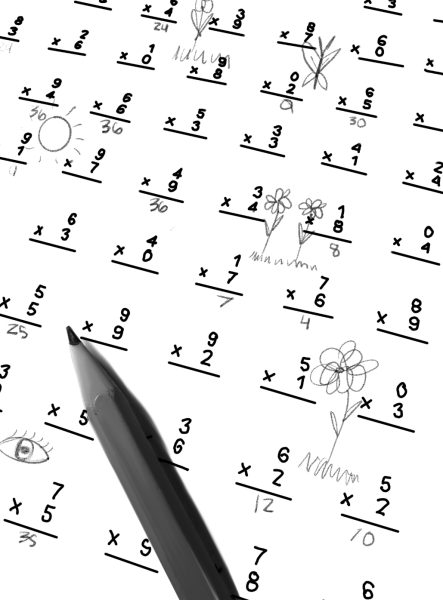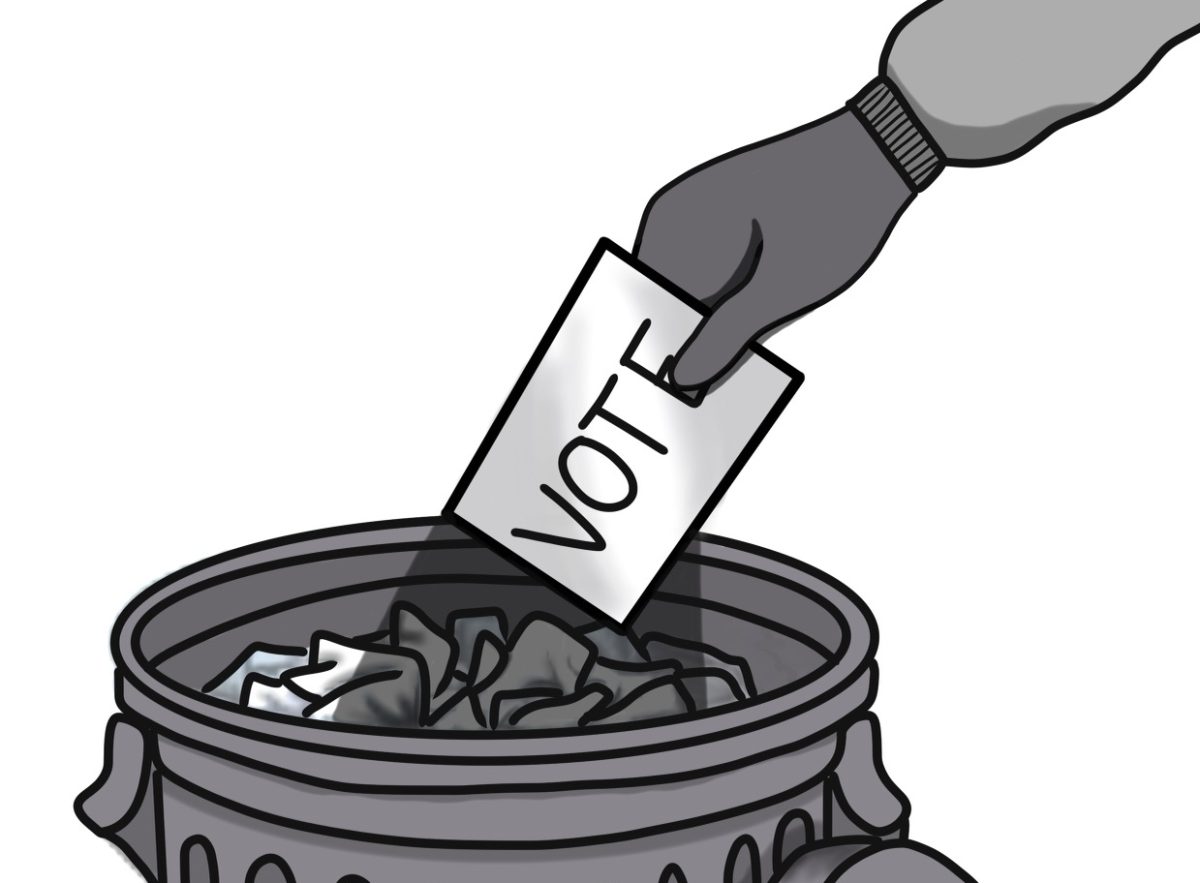A student opens the Synergy app at the end of her freshman year. She goes to select her courses for next year, knowing she has one open period to fill. Her options: Drawing and Painting 3-4 or Advanced Placement (AP) Computer Science. The difference between above a 4.0 grade point average (GPA) or below. It’s an easy decision for an overachiever who wants to attend a prestigious university. She picks AP Computer Science, completely forgetting about her passion and natural talent for art; a mistake she will continue to make throughout her entire educational career.
Due to increased academic pressure on students, many teens feel the need to fill class schedules with AP and honors classes, not leaving space for potential artists to pursue new creative interests. After fulfilling the two-semester requirement, most students abandon their artistic ventures for more academic pursuits.
The Tamalpais Unified High School District (TUHSD) needs to extend the art graduation requirement beyond two semesters, ideally to a three-year requirement, to give every student the opportunity to harness their creative skills and talents. Extending the art requirement would be effective in relieving student stress, preparing students for the ever-expanding workforce and creating a more inventive learning environment.

Kisida and Daniel H. Bowen wrote about the benefits of art education and the reasons behind the shrinkage of high school art programs in an essay published by Brookings Institution.
“[The shrinking of art programs] is primarily attributable to the expansion of standardized-test-based accountability, which has pressured schools to focus resources on tested subjects. As the saying goes, what gets measured gets done,” Bowen and Kisida said.
Limiting the art credit requirement to a single year allows resource allocation to be focused on more academic classes, which reinforces the idea that an arts education isn’t important.
However, multifaceted arts education programs have proven to help students excel in the academic realm. According to a study conducted by Americans For The Arts, art-educated students are five times less likely to drop out of school, as well as four times more likely to earn a bachelor’s degree or another academic achievement.
Lengthening the arts requirement would not only help students excel in their classes but also have a major positive impact on relieving other school-related stress.
According to a study conducted by the National Center for Biotechnology Information (NCBI), making art can be extremely therapeutic and effective in reducing cortisol, the hormone that controls stress. The study found that 75 percent of the surveyed group experienced a significant decrease in cortisol levels, following hour-long art therapy sessions.
Most people in our community don’t deny the importance of an arts education. The TUHSD even offers AP and honors art classes to provide potential GPA boosts to determined students. However, even with these high-level classes being offered, a lot of students feel pressure to adhere to the “textbook” way of learning, focusing more on math and English rather than pursuing what actually interests them. Hyper-focused students may not even realize that they have a passion or a talent for art. In order to harness these crucial creative skills, students need more than just two semesters of art instruction.
Some may argue that educational resources and time should be allotted to more practical applications that prepare students for the workforce. What many people don’t realize is that an arts education can actually be incredibly beneficial in any job after high school.
The American Academy of Arts and Sciences explains why art can help teach observational, problem-solving and critical thinking skills that can be applicable to any job.
“From the interior designer relying on color theory to the architect who uses 3D software to the engineer who incorporates elements of design, the skills embodied in arts education have wide applications,” according to the academy.
Living on the brink of a technological revolution with generative AI, it is crucial to take advantage of our creative outlets in any way we can. In order to prevent the erasure of the arts and creativity as a whole, we must practice what makes us all special and unique: the way in which we express our ideas. It is the responsibility of schools and educators to continue teaching the next generations how to be inventive and imaginative thinkers. By extending the art graduation requirement to three years, we ensure that all students go into the world knowing how to think critically and creatively.



















